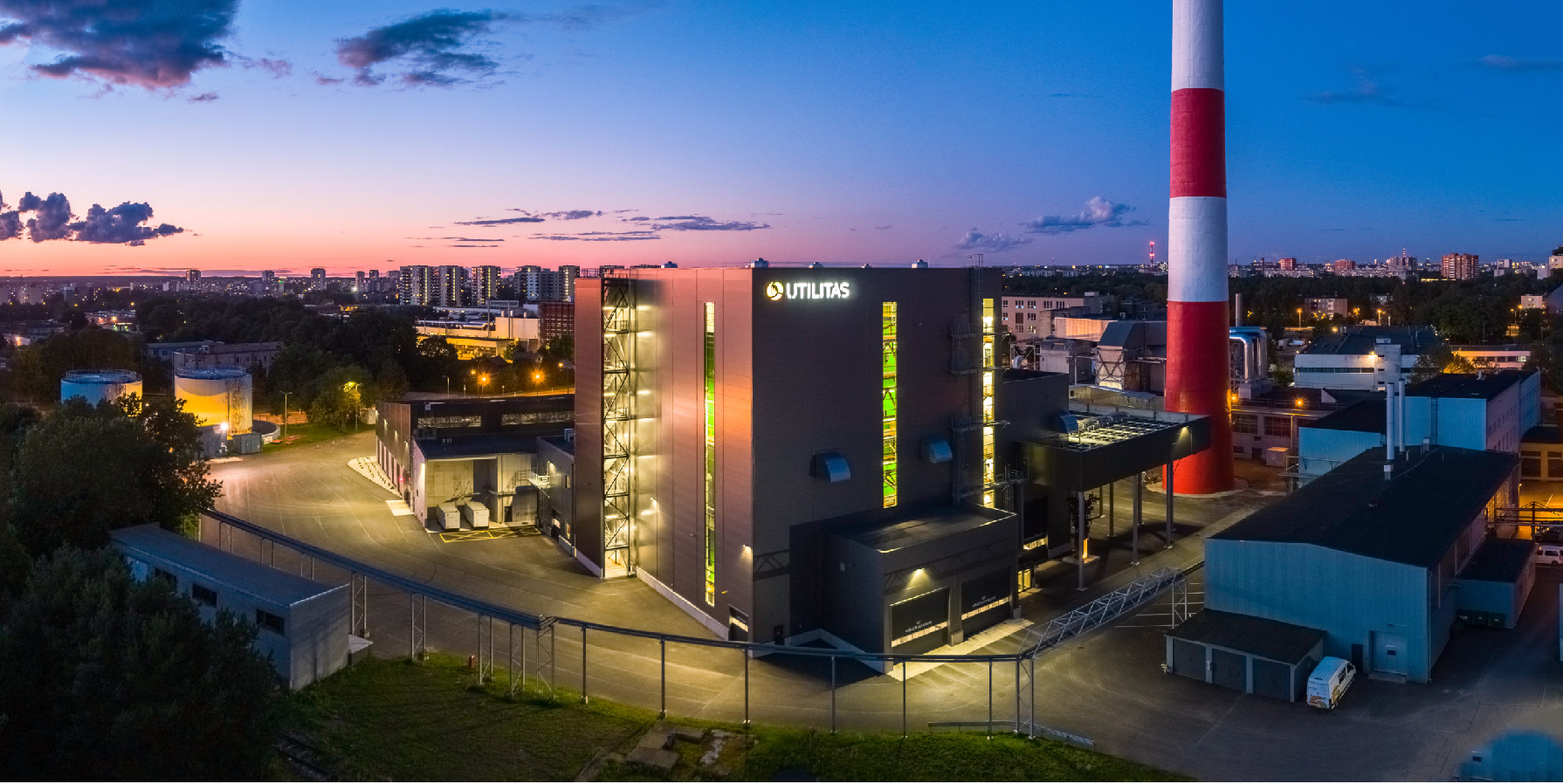Innovation and Technology Turn District Heating into an Estonian Success Story
Through industrial technology and digital solutions, district heating has become a European success story for Estonia.
While exposed heating pipes might evoke thoughts of Soviet-era infrastructure, Utilitas, Estonia’s largest heating company, has transformed district heating into one of the most efficient and environmentally friendly methods available.
Business Software Background:
The chosen solution covers Utilitas’ entire supply chain, including finance, budgeting, consolidation, purchasing, sales, warehousing (including inventory), maintenance, and projects. Key factors in selecting this solution were its Microsoft environment and value chain integration, its comprehensiveness across the entire supply chain, and its innovative nature. The Power BI business analytics solution will also be implemented. BCS Itera implemented Microsoft Dynamics 365 Business Central at Utilitas.
Utilitas provides heat to nearly 5,000 buildings in eight Estonian cities, from Tallinn to Valga and Kärdla, warming approximately 174,000 homes. Beyond extensive renovations of heating pipes, the company has revolutionized district heating in two key ways. First, it has switched from fuel oil and gas to domestic wood chips as its primary fuel source. Gas boilers are now only used during peak demand, such as extreme cold snaps.
As a result, Utilitas has become Estonia’s largest producer of renewable energy. “We generate 1.4 terawatt-hours of green energy annually, which our customers increasingly value,” confirms Priit Koit, CEO of the Utilitas Group.
Secondly, Utilitas operates three combined heat and power (CHP) plants in Tallinn. These plants first generate electricity, then direct the resulting waste heat to warm buildings. This process utilizes nearly 100% of the energy produced from burning fuel! Utilitas’ approach has already significantly reduced Estonia’s carbon footprint and is crucial for achieving future climate goals.
District heating and cooling are vital components of the European Union’s environmental policy and renewable energy targets. Estonia’s success in developing district heating serves as an example for many Central European countries.
Software Solutions Maintain System Efficiency
Cogeneration and modern industrial technology have dramatically improved the efficiency of energy production and distribution. Software solutions and their integration further optimize the operation of these advanced energy networks.
Digital tools provide real-time data from various points in the district heating chain, from production to the customer’s heat node (e.g., in an apartment building). This data enables modeling, forecasting, recommendations, and financial calculations.
The company’s central software is Dynamics NAV (formerly Navision), in use since 2002. CFO Riina Vikat confirms it fully meets their daily financial accounting needs: “Accounting and reporting are easily organized to suit our specific requirements, providing a clear and accessible view of the information. We also appreciate the ease of consolidating results from different companies and creating forecasts. Our accounting is completely paperless, which was a huge advantage during the pandemic, allowing everyone to work remotely.”
Beyond its standard functionality, Kaarel Rahu, Utilitas’ Information and Communication Technology Director, highlights Dynamics NAV’s flexibility as a development platform. This has enabled Utilitas to elevate its data analysis capabilities. “I also want to acknowledge our partner, BCS Itera, who has worked wonders with this software,” he adds.
Group CEO Priit Koit emphasizes the company’s commitment to convenient customer service. District heating and, more recently, district cooling must be easy to use and competitive with other heating and cooling options. “The data we collect allows us to optimize the entire system for maximum efficiency and customer benefit,” he explains. “Customers increasingly value renewable energy and environmental responsibility. We’re committed to providing them with the information they need to consume heat optimally, minimizing waste. Software solutions make this possible.”
While customers control their heat consumption, the heating company can offer recommendations on stable energy use to avoid large fluctuations. A well-configured system benefits the customer through increased efficiency and lower costs.
Because heat prices are regulated, Utilitas doesn’t directly profit from increased efficiency. However, they indirectly benefit through happier customers due to lower heat prices.
Highly Accurate Forecasts and a Smart Network
Utilitas developed a remote heat measurement system that records and transmits customer meter readings hourly. Since no suitable solution existed, they built it from scratch. Now, in addition to production data, customer information flows into the company every hour, significantly improving resource planning.
This generates a massive amount of data: 100 million rows annually. ICT Director Kaarel Rahu has focused on ensuring data accuracy, enabling robust analytics in the Power BI environment.
This allows for fine-tuning of the heat economy. By analyzing weather forecasts and heat consumption data from production sources and customers, Utilitas can plan heat production much more precisely.
For example, if the forecast predicts 25°C and 25 m/s winds on Christmas Eve, but 15°C and calm the next day, the system models, with a few percent accuracy, the optimal hourly operating mode for boiler houses and CHP plants.
Priit Koit explains: “Heat production follows the same trend as electricity production, where digital solutions drive increasingly important intraday management. We’re moving in the same direction, analyzing which stations operate at which hours and maximizing the load on base stations. This daily work is impossible without a database. Without information, there can be no analysis or goals.”
“Regarding artificial intelligence, which Dynamics NAV supports, the primary application is pattern recognition to determine customer consumption patterns,” says Kaarel Rahu. “This solution is already remarkably accurate! For even greater accuracy, we need to add ‘white box’ features, like working and non-working days and time of day. For example, office heat consumption differs significantly at night and during the day.”
The collected data is securely logged in each customer’s profile, enabling analysis of their heat consumption efficiency and forecasting future needs. Eventually, customers will be able to see projected heating costs for mild and harsh winters. Aggregated data forms a heat consumption forecast for the entire network.
“Our priority is constantly monitoring the consumption graph,” says Priit Koit. “We need retrospective information on how customer heat node automation performed in various weather conditions and its impact on our network. This helps us identify opportunities to improve system efficiency through optimization.”
If each customer’s heating system is more efficient, the entire system benefits. Customers gain the most from coordinated operation of boiler houses and automated heating units in buildings, avoiding sudden fluctuations in heat production. Therefore, district heating companies must become technology companies, developing digital solutions, or they risk becoming uncompetitive. Utilitas is a global leader in this innovation.

